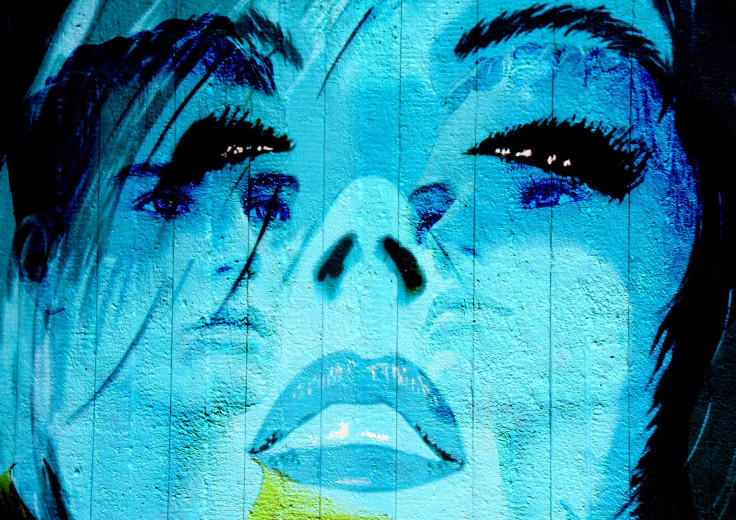What Does Bisexuality Mean? Myths vs. Facts About Bicuriousity And LGBTQ

Bisexuality can be a difficult subject to navigate for those who don’t understand the varying sexualities that exist, giving way to misconceptions and stereotypes. In light of this, LGBT communities have tried to debunk myths that can make it challenging for bisexuals to express their true identity.
According to the Gay & Lesbian Alliance Against Defamation (GLAAD), one of the most prevailing misconceptions is that sexuality is limited to two different identities: hetero and homosexual. However, the truth behind this potentially harmful and inaccurate assumption is that bisexuality is a true sexuality to identify as, not simply a phase that someone experiences before they come out as gay or lesbian.
Another common misconception is that bisexuality is restricted to just women. Research published in the journal Biological Psychology revealed bisexual men who were hooked up to genital sensors were equally aroused by same-sex intimacy videos of both men and women. The researchers aso found that gay and straight men did not have the same responses to each set of videos.
Aside from the offensive nature of making generalizations about the sexual orientations possible to one gender or the other, the reality is that men and women can be attracted to one another exclusively to varying degrees. For example, women can be attracted to men physically but not mentally and emotionally, and vice-versa for men. Sexuality is not a dichotomous expression of romantic or physical interest in another person, regardless whether they’re male or female. Making an assumption that women and men can only be romantically invested into one gender gives birth to stereotypes that pressure people to “pick a side.”
Psychologist Lisa Diamond, a gender studies professor at the University of Utah, has conducted extensive research on the fluidity of same-sex and other-sex attraction. After studying a group of women over the course of a decade, she found bisexuality was neither a transitional period between straight and gay nor was it an adolescent curiosity. Instead, women exhibited the same sexual fluidity over time by expressing and maintaining relationships and attractions to both genders.
Diamond has also found that not only is bisexuality not a pit stop but it’s also not used as an excuse to desire multiple partners at once. In fact, her research revealed that 89 percent of bisexual women were in monogamous, long-term relationships.
It’s also not a requirement to be in a relationship with both a man and a woman in order to be considered bisexual. Some men and women can be overwhelmingly attracted to one gender, while only occasionally attracted to another gender. Bisexuals can carry out a healthy monogamous relationship with their same or opposite gender; or they can carry a relationship out with both a man and a woman at the same time. GLAAD emphasizes that this does not make them deceitful or indecisive about their sexuality, but rather live through their attractions to other genders at different degrees.



























